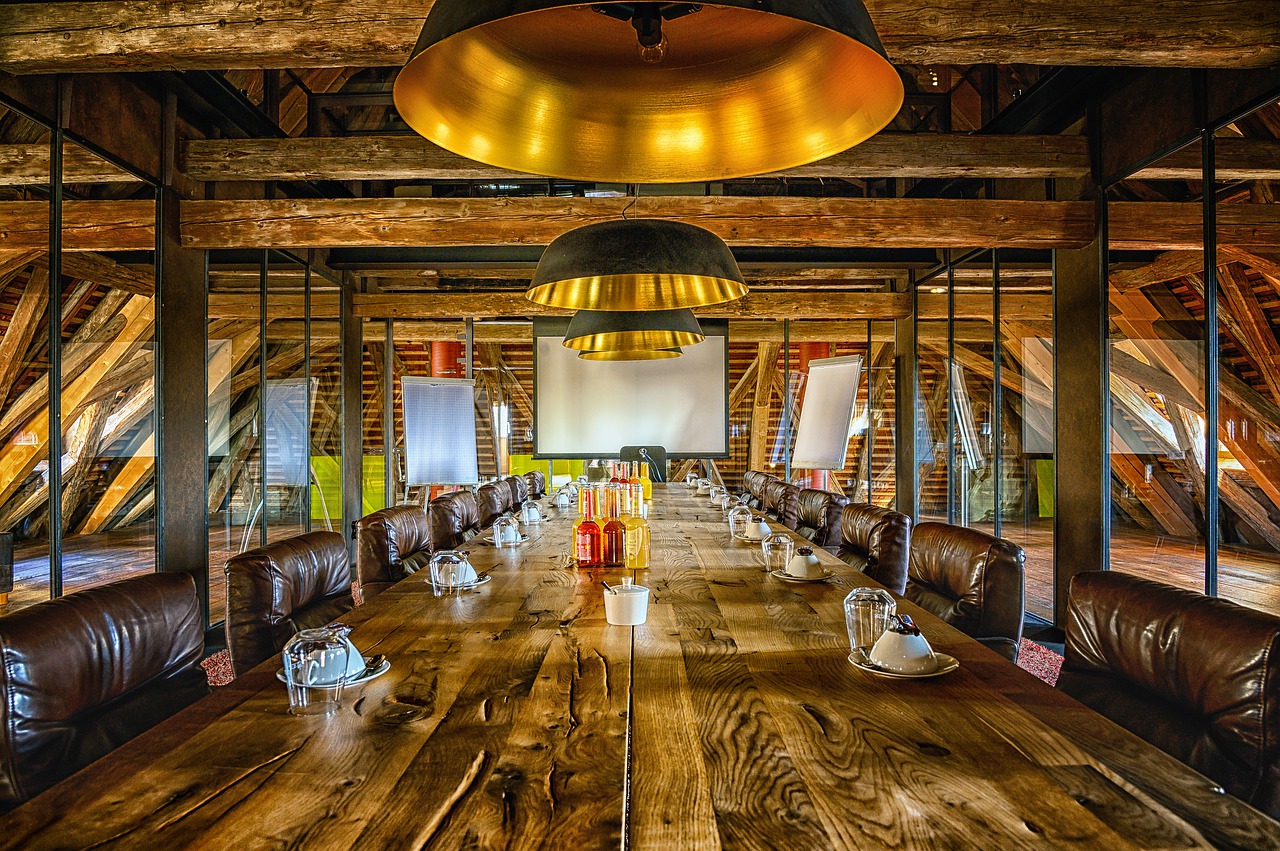
Biophilic office essentials: Wood ceilings, natural colors and more
People today have a different relationship with nature than our ancestors had. We’ve transitioned from days spent in sunshine and nature, to days spent soaking up fluorescent light in cubicles. This disconnect from the natural world has unfortunately affected things like mood, productivity, and mental acuity, both in the workplace and at home.
Making small changes to your office decors, such as adding plants, stone decor, and wood ceilings can go a long way toward creating an environment that stimulates creative cooperation and mental health. In fact, there is a concept in the building industry that directly addresses this specific issue.
The concept is known as biophilic architecture.
What is Biophilic architecture?
Quite simply, biophilic architecture is the practice of incorporating natural elements into the design of indoor spaces. Although the term was coined relatively recently, the idea has been around for centuries.
By increasing the amount of natural daylight and outdoor elements in living and working spaces, we can deliver health, economic, and environmental benefits to occupants and the environment. Outdoor elements include the use of things like live plants and trees, but may also involve incorporating indirect nature elements like images of nature and wood accents.

Why is Biophilic design important?
The vast majority of office buildings constructed in the late twentieth century leave a lot to be desired for the people who spend half of their waking hours staring at dingy drop ceilings and colorless walls spattered with corporate art.
While this formula worked to keep construction costs down and reduce distractions, it didn’t do a lot for the mental wellness of the people forced to work in those environments. Something as simple as replacing windows with larger ones allows more daylight in and allows for calming views of the outside world. Allowing nature into the workplace does wonders for all aspects of employee health.
How do I bring nature into my office?
Some office settings can easily adapt to incorporate more nature, while others require a lot more work. Windows are the obvious starting point. Not only do the sunshine and views improve the moods of your workers, having plenty of windows means live plants will be able to thrive in your office.
While artificial plants are okay, they don’t provide the oxygen or the companionship and responsibility that comes along with spending your days with living plants. But nature is made up of more than just leafy greens.
Stone is beautiful, but with an increased number of stone surfaces come increased reverberation and noise. On the other hand, incorporating more wood into your decor achieves the exact opposite. Wood is a porous material that is great at absorbing sound waves and mitigating unwanted noise. If you want to enjoy the beautifully calming effect of wood while also creating a stunning focal point for the room, adding a wood ceiling is a great choice.
Whether you are looking for a modern wood ceiling, or you are batting around beautiful rustic wood ceiling ideas, there are a ton of options out there.

What are the best types of wood to use for ceilings?
While there are many types of wood ceilings, the best wood for ceilings is a personal choice, largely dependent on the space they will occupy and whether you want to suspend a panel or attach the wood directly to the ceiling joists. Pine is the most common type in homes, due in part to its rustic feel and light color.
If you want a dark wood ceiling, you may want to go with something like cherry or mahogany. There are all kinds of distinctive and rich woods to match whatever feel you are looking for.

Are wood ceilings expensive?
Depending on what kind of wood you choose, a ceiling can range from very affordable to very expensive, so keep that in mind when selecting materials. They are fairly easy to install, so wood choice is your main price driver.
Keep in mind, wood is a natural thermal insulator, so the energy efficiency of your new ceiling may help offset the cost over time. You may even offset some of the cost with the increased employee productivity that comes along with creating a quieter, more natural environment for them to work in.
Should the wood floor match the wood ceiling?
This is another area where it really comes down to personal preference. Matching your floor to your ceiling can look really nice, but remember to break up space with contrasting decor so it doesn’t become too much of the same. You can create an interesting space with darker and lighter tones as well. If you have a darker design scheme, there are white wood ceiling ideas that would accent it nicely.
Whatever aesthetic you are going for, wood is a superior material for your ceiling. The warmth of the wood, combined with the sound absorption and insulation properties that go along with it, makes wood a solid ceiling choice. When you add in the benefits to your health and mental wellbeing, you can be sure it’s a choice you’ll be happy with for years.




